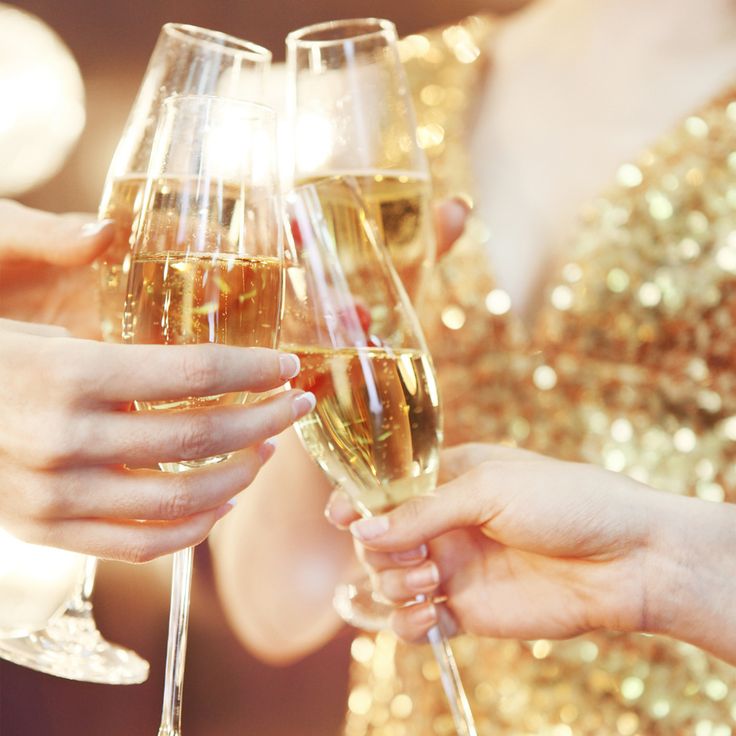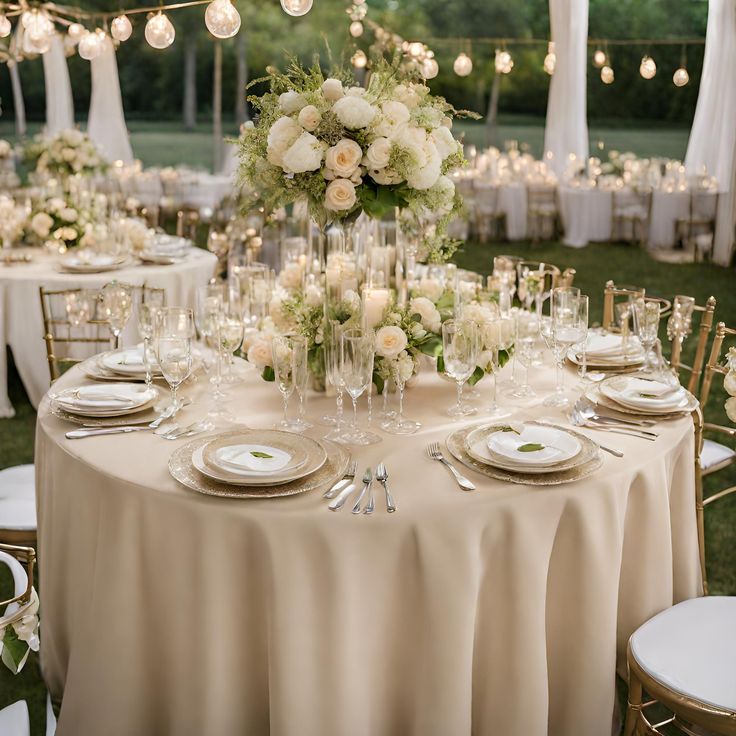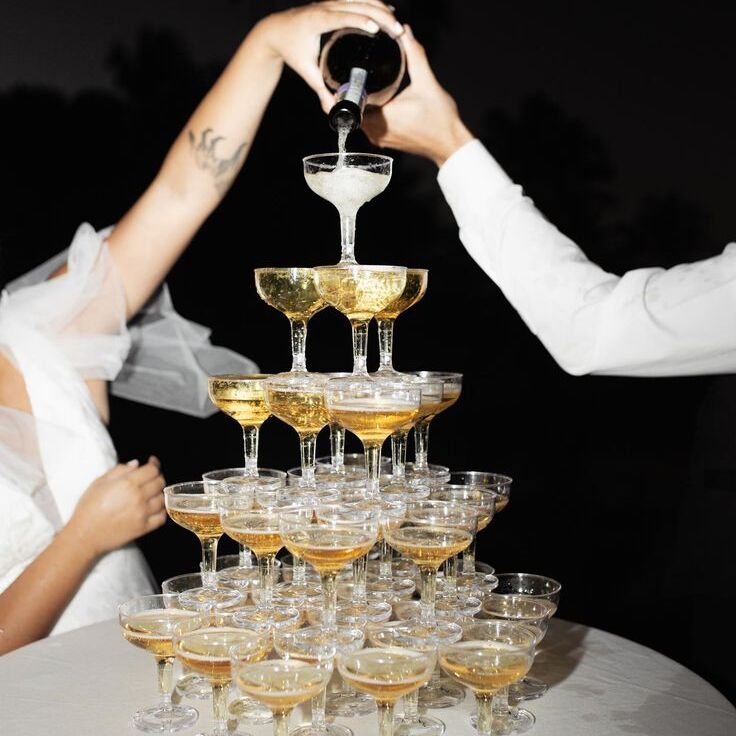Planning a wedding is an exciting yet challenging task. Among the many details you need to consider, deciding how much liquor to buy for the wedding can feel overwhelming. Getting this calculation right can ensure that your guests have a fantastic time without running short or going over budget. This article will guide you through the essentials of deciding how much liquor to buy for wedding, making it a straightforward process.

Estimating Liquor Based on Guest Count
When planning your wedding, understanding how much liquor to buy is crucial. No one wants to run short during this special occasion. Your estimations should be based on your guest count, an essential starting point.
Calculating Servings Per Guest
Begin by calculating how many drinks each guest is likely to have. On average, you can expect each guest to enjoy one drink per hour. This number can vary based on factors like the guest’s drinking habits or the festive mood. A good rule of thumb is to prepare for at least 1 serving per guest per hour.
For example, with a guest count of 100, over a period of 4 hours, you would need approximately 400 servings of alcohol. This is a simple guide to get you started with your calculations.
Understanding the Impact of Wedding Duration on Liquor Needs
The length of your wedding also plays a part in how much liquor to buy. Most weddings include a mix of cocktail hour, dinner, and dancing, each with different consumption rates. Generally, guests drink more during the cocktail hour and less as the night progresses.
For a 4-hour wedding, you might have a higher liquor requirement compared to a 3-hour reception. Consider the schedule; if your dinner runs longer or you have extended hours for dancing, your liquor needs might increase.
Always remember, these calculations should serve as a base. You’ll need to adjust these numbers based on your specific guest list, the time of your wedding, and the day it’s held. Factoring these elements in will help ensure you have the right amount of liquor for your wedding.
Optimal Drink Servings Guide
Navigating the various drink options for your wedding can be daunting. Let’s streamline the process.
Breakdown of Drink Types
To satisfy your guests, consider offering a variety of drinks. Include soft drinks, wines, hard liquors, and beers. Keep in mind that guest preferences vary.
For a balanced drink menu, aim for a mix. You might choose 30% soft drinks, 35% wine, 15% hard liquor, and 20% beer. Tailor this to your crowd and their likely choices.
Serving Sizes For Different Liquors
Understanding serving sizes helps with accurate planning. It ensures you buy enough for everyone. A standard serving size is:
- Wine: A 750ml bottle offers about 6 glasses.
- Hard Liquor: A bottle gives around 18 glasses.
- Beer: A 30-liter barrel serves up to 90 glasses.
Use these numbers as a guide, adjusting based on your guest count and the duration of your event.
In summary, knowing what drinks to offer and in what quantities is key. It’s about deciphering your guests’ likes and managing quantities effectively. Consider the types of liquor, their serving sizes, and the ratio that best suits your wedding atmosphere.

Alcohol Consumption Patterns
Understanding the drinking habits of your guests can greatly enhance their overall experience.
Assessing Guest Preferences
First, gauge your guests’ alcohol preferences. This forms the foundation of your liquor planning. Initiate conversations or quick polls beforehand to determine favorites. Guests might prefer wine over beer, or soft drinks over hard liquor.
Remember, each group has unique tastes. Different age groups and backgrounds often have varied preferences. For example, younger guests might gravitate towards cocktails, while older ones might stick to wine.
Time and Day Influence on Drink Choices
Your wedding’s timing plays a crucial role in determining the alcohol consumption. Afternoon weddings typically have lower alcohol consumption compared to evening ones. Guests might prefer lighter drinks during day weddings, and something stronger by night.
Also, consider the day of the week. Weddings on weekends might see higher alcohol consumption than those held on weekdays. If your wedding aligns with a public holiday or a festive season, expect a spike in drinking.
Always adjust your estimates based on these factors to ensure adequate preparation.
Calculating Total Quantity of Required Liquor
When planning the amount of liquor for your wedding, precise calculations ensure you neither overbuy nor run short. These guidelines will help you determine the total drink requirements for your occasion.
Projection of Total Servings
To project the total servings required, multiply the number of guests by the number of drinks per guest per hour and then by the duration of the event in hours. For instance, if you expect 100 guests, each drinking one serving per hour over four hours, you’ll need 400 servings in total. Adjust this figure based on guest preferences and wedding timings to better fit your event.
Translation to Actual Bottles and Barrels
After determining the total number of servings, translate these into the actual quantities of bottles and barrels you’ll need. Using the standard serving sizes:
- Calculate wine needs by dividing total wine servings by 6 (as a 750ml wine bottle provides around 6 glasses).
- For hard liquor, divide by 18 (one bottle serves about 18 glasses).
- Beer calculations depend on the keg size; for a 30-liter barrel, divide by 90 (as it serves up to 90 glasses).
By using these figures, you can estimate how many bottles of wine, bottles of hard liquor, and barrels of beer you need to satisfy your guests while reflecting your drink menu’s diversity.

Balancing Alcohol Types
Creating a balanced drink menu for your wedding is key to guest satisfaction.
Ideal Ratios for a Diverse Drink Menu
To craft an inclusive and enjoyable drink menu, consider a mix of various types of alcohol and non-alcoholic options. A recommended balance might include 30% soft drinks, 35% wine, 15% hard liquor, and 20% beer. This distribution caters to different preferences and ensures that everyone has something they can enjoy.
Adjusting Ratios Based on Guest Preferences
However, it’s important to tailor the drink selection to the tastes of your guests. Start by assessing the preferences of your attendees. Gather information through RSVPs or direct queries about their favorite drinks. If you find a strong preference for wine over beer, adjust the ratios accordingly. Perhaps increasing wine to 40% and reducing beer to 10%. Always aim to personalize the drink options to heighten the overall experience at your wedding.
Importance of Buffer Stock in Wedding Liquor Planning
Having a buffer stock is essential in ensuring a smooth-flowing wedding reception. Unexpected situations can arise, and being prepared with additional alcohol can make all the difference.
Planning for Unexpected Guests
Always be ready for more people than you initially invited. Sometimes, guests might bring a plus one without notice, or you might have last-minute confirmations. To prevent running out of drinks, add a 10% buffer to your total liquor estimate. For instance, if your calculations suggest buying 100 bottles of wine, consider purchasing 110 instead.
Accounting for Serving Mishaps
Mishaps such as spillage or broken glasses are common at big events. Having extra alcohol on hand mitigates these issues without causing a shortage. Additionally, guests might pour more generous servings than anticipated, which can quickly deplete your stock. Therefore, increasing your purchase by 5% to 10% for such incidents is a good safeguard.
In summary, factoring unexpected guests and possible serving blunders into your planning will ensure everyone stays in high spirits throughout your wedding celebration.
Practical Tips for Buying Wedding Liquor
Buying wedding liquor doesn’t have to break the bank. With the right strategies, you can save money while still providing a memorable experience.
Economic Purchasing Strategies
To stretch your wedding budget, consider these cost-saving approaches:
- Bulk Buying: Purchase large quantities to take advantage of bulk discounts. Many suppliers offer lower prices for larger orders.
- Compare Prices: Shop around and compare prices from different retailers. Don’t forget to check online options.
- Seasonal Sales: Take advantage of seasonal sales and promotions. Buying off-season can lead to significant savings.
- Local Brands: Opt for local or lesser-known brands that often come at a lower cost without compromising quality.
- BYOB Option: Invite guests to bring their own bottle. This can reduce your expenses and add variety to the selection.
Avoid last-minute shopping, which can limit your options and lead to overspending. Plan and purchase your wedding liquor well in advance.
Leveraging Wedding Packages and Offers
Many venues offer wedding packages that include alcohol. Here’s how to make the most out of them:
- Inclusive Packages: Look for venues that offer inclusive packages with alcohol. This can simplify planning and budgeting.
- Negotiate Extras: Don’t be afraid to negotiate. Ask for extra bottles or upgrades within your package.
- Customize Packages: Work with the venue to tailor your package to your needs. Swap out drinks to match your guests’ preferences.
- Corkage Fees: If the venue allows, bring your own liquor and pay a corkage fee. This can be cheaper than buying through the venue.
By following these strategies, you can keep costs down while ensuring that your wedding’s drink selection is plentiful and well-received by your guests.